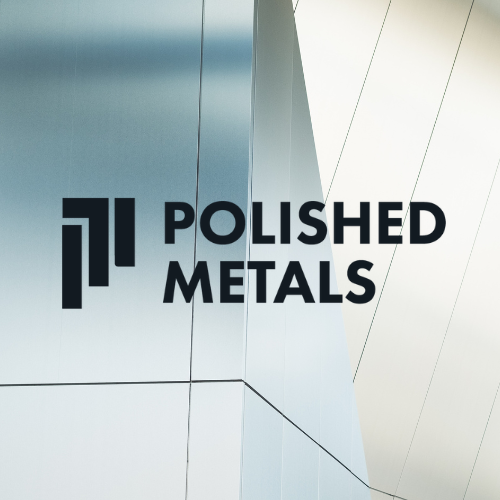FAQ
What is Stainless Steel?
Stainless steel is essentially a low carbon steel which contains chromium at 10% or more by weight. It is this addition of chromium that gives the steel its unique stainless, corrosion-resisting properties.
The chromium content of the steel allows the formation of a rough, adherent, invisible, corrosion-resisting chromium oxide film on the steel surface. If damaged mechanically or chemically, this film is self-healing, providing that oxygen, even in very small amounts, is present. The corrosion resistance and other useful properties of the steel are enhanced by increased chromium content and the addition of other elements such as molybdenum, nickel and nitrogen.
There are more than 60 grades of stainless steel. However, the entire group can be divided into five classes. Each is identified by the alloying elements which affect their microstructure and for which each is named. The austenitic group (also referred to as the 300 series) is what this abstract will focus on, more specifically on grade 304/304L.
What is the Life Cycle of Stainless Steel?
To ensure a high quality of life, the materials that we use as consumers and manufacturers should meet not only technical performance standards, but have a Long Service Life, be usable in a great number of applications, and be environmentally friendly. Once their service is complete, they should be 100% Recyclable, thereby completing the life cycle to be used once again. Stainless Steel is such a material.
The longevity of stainless is the result of the alloying composition and, therefore, it has a natural corrosion resistance. Nothing is applied to the surface that could add additional material to the environment. It does not need additional systems to protect the base metal, the metal itself will last.
Stainless steel needs less maintenance and its hygienic qualities means that we do not have to use harsh cleaners to get a clean surface. There is little or nothing to dump into the drain that could have an environmental impact.
Stainless steel products complete their service life. There is less concern about disposal since this material is 100% recyclable. In fact, over 80% of new stainless steel comes from old remelted stainless steel scrap, thereby completing the full life cycle.
Why is stainless "Stainless"?
Ordinary steels will rust if not completely protected from the atmosphere. We are all too familiar with this loose brown iron oxide film that destroys the surface, and in time, the usefulness of the metal.
Stainless steel also rusts, but in a much different manner than we are accustomed to. Instead of the unsightly and destructive iron oxide film, an invisible, tenacious and highly protective chrome oxide film forms on the surface. It is the presence of the element chromium in amounts in excess of 11.5 % that is basically responsible for the formation of this film, and the exceptional corrosion resistance properties of stainless steel. The chromium teams up with the oxygen in the atmosphere to form a chrome oxide film, and to turn a rust prone material of limited life into a metal with infinite longevity.

